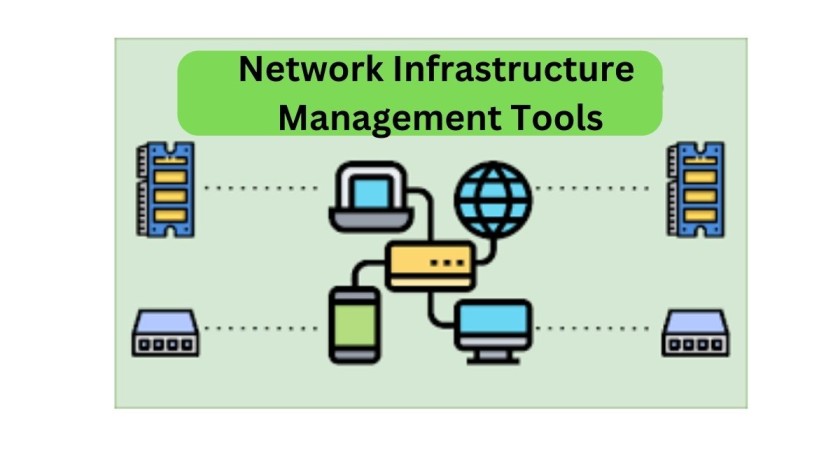Table of Contents
Introduction:
In today’s fast-paced world, where technology is constantly advancing, network infrastructure has become a critical component for businesses to stay competitive and meet customer demands. To have a robust and efficient network infrastructure, organizations need to rely on advanced management tools that can ensure optimal performance, security, and scalability.
This is where network infrastructure management tools come into play. In this blog post, we’ll provide you with detailed information on the top 10 network infrastructure management tools that can help streamline your network operations and keep your business running smoothly. These tools offer a wide range of features, including network monitoring, traffic analysis, configuration management, and automation, making network management less complex and more efficient. By utilizing these tools, businesses can reduce downtime, improve network performance, and enhance overall productivity.
List of Top 10 Network Infrastructure Management Tools:
(1) SolarWinds Network Performance Monitor (NPM):

SolarWinds NPM is a comprehensive network monitoring and management tool trusted by IT professionals worldwide. With features like real-time performance monitoring, customizable dashboards, and automated alerting, NPM provides deep insights into your network health and performance.
(2) Cisco Prime Infrastructure:
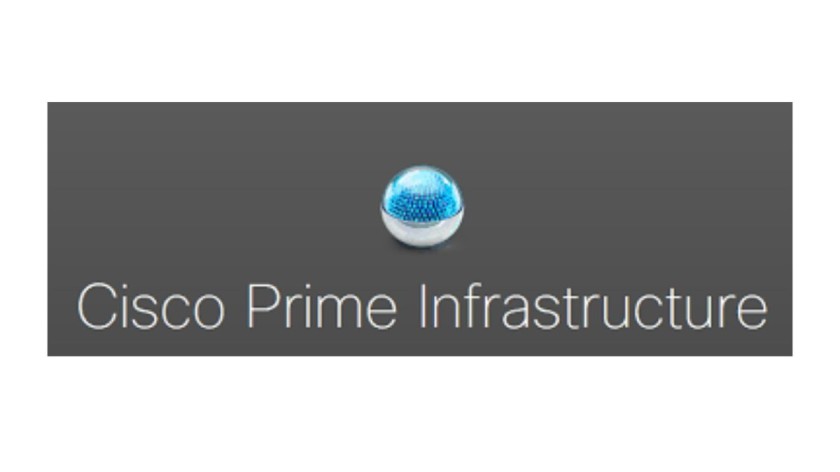
Cisco Prime Infrastructure offers a unified solution for managing your entire network infrastructure, including routers, switches, wireless access points, and security devices. With its intuitive interface and robust management capabilities, Prime Infrastructure simplifies network provisioning, monitoring, and troubleshooting.
(3) PRTG Network Monitor:
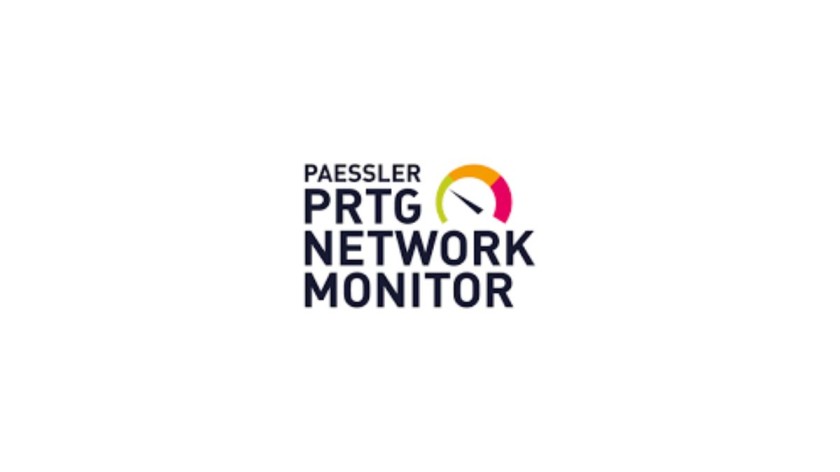
PRTG Network Monitor is a powerful and easy-to-use network monitoring tool that provides real-time visibility into your network infrastructure. With over 250 pre-configured sensors, PRTG enables you to monitor network traffic, bandwidth usage, device status, and more.
(4) ManageEngine OpManager:

OpManager is a feature-rich network management tool that offers comprehensive monitoring, performance analysis, and fault management capabilities. With its advanced automation and customizable workflows, OpManager helps IT teams proactively identify and resolve network issues before they impact business operations.
(5) Nagios XI:
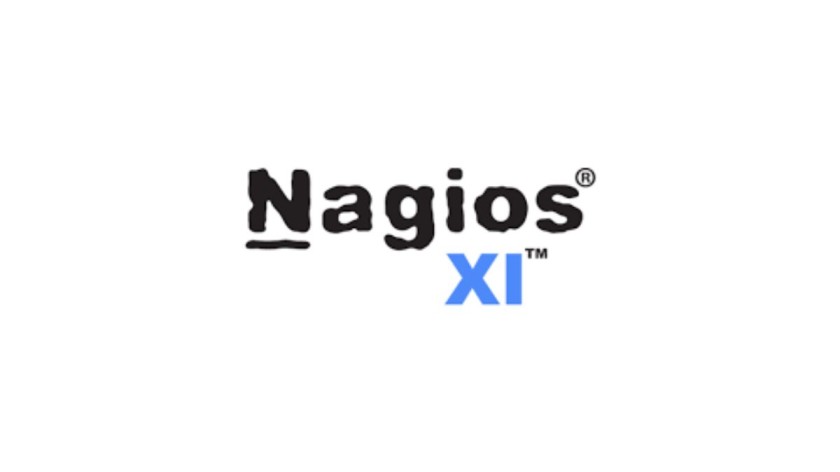
Nagios XI is a popular open-source network monitoring platform known for its flexibility and scalability. With support for a wide range of plugins and extensions, Nagios XI allows you to monitor virtually any aspect of your network infrastructure and customize alerts based on your specific requirements.
(6) Zabbix:
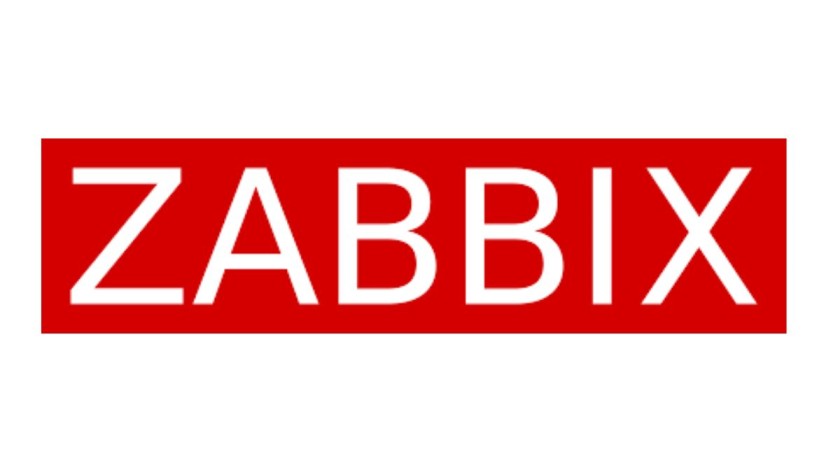
Zabbix is an enterprise-grade network monitoring and management solution that offers real-time monitoring, alerting, and reporting capabilities. With its distributed architecture and support for agentless monitoring, Zabbix is ideal for monitoring large and complex networks across multiple locations.
(7) Ipswitch WhatsUp Gold:
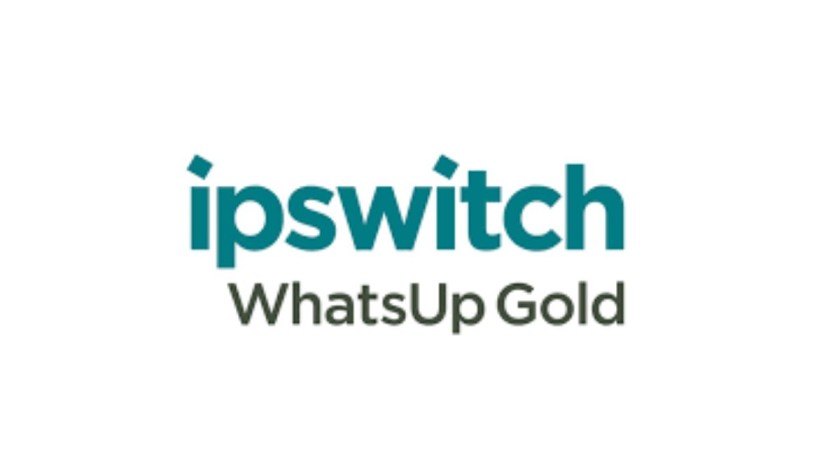
WhatsUp Gold is a comprehensive network monitoring tool that provides visibility into your entire network infrastructure, including devices, applications, and services. With its intuitive interface and built-in automation features, WhatsUp Gold helps IT teams streamline network management tasks and improve operational efficiency.
(8) NetCrunch by AdRem Software:

NetCrunch is an all-in-one network monitoring and management platform that combines advanced monitoring capabilities with automated remediation tools. With its dynamic network maps, customizable dashboards, and predictive analytics, NetCrunch empowers IT teams to proactively manage network performance and security.
(9) Paessler PRTG Network Monitor:
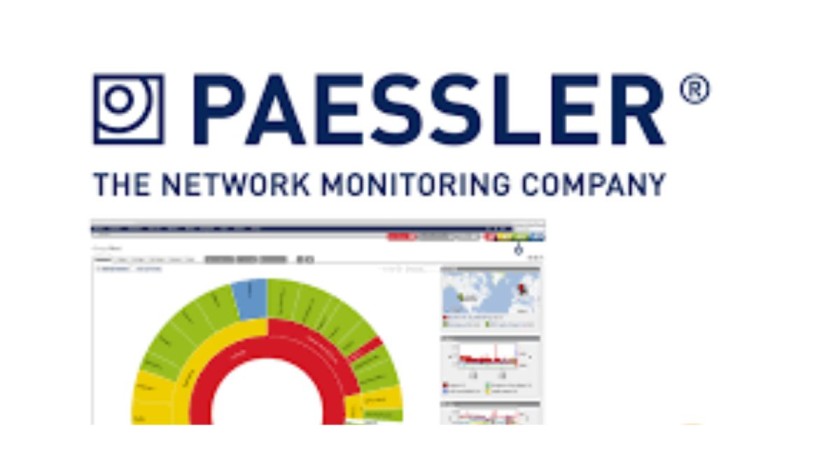
PRTG Network Monitor is a powerful and easy-to-use network monitoring tool that provides real-time visibility into your network infrastructure. With over 250 pre-configured sensors, PRTG enables you to monitor network traffic, bandwidth usage, device status, and more.
(10) IBM Tivoli Network Manager:
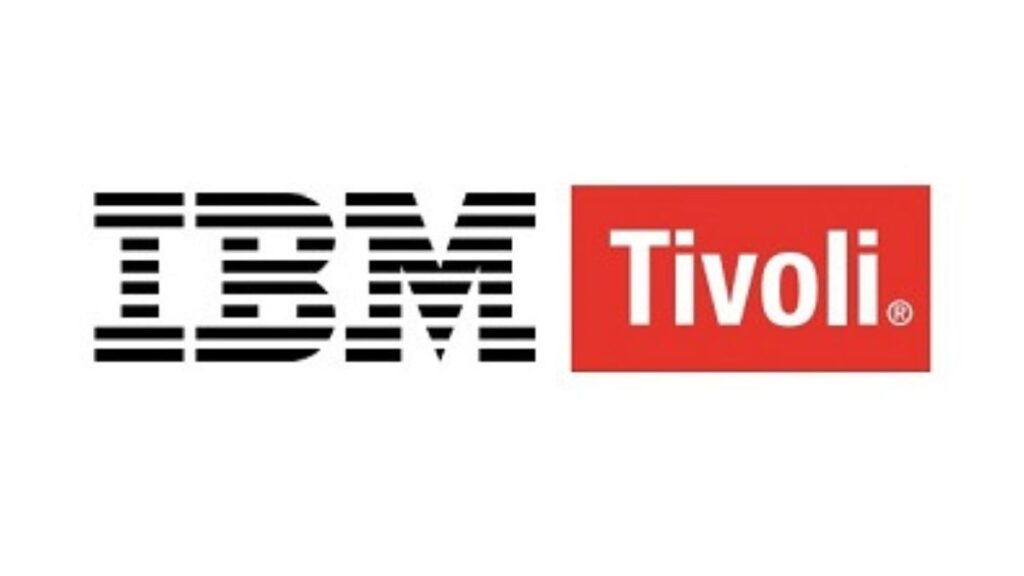
IBM Tivoli Network Manager is an enterprise-class network management solution that provides end-to-end visibility and control over your network infrastructure. With its advanced analytics and automation capabilities, Tivoli Network Manager helps organizations optimize network performance, reduce downtime, and improve overall productivity.
Conclusion:
In today’s competitive business environment, effective network infrastructure management is essential for maintaining a competitive edge and meeting the demands of your customers. By leveraging the top 10 network infrastructure management tools mentioned in this blog post, you can gain real-time visibility, streamline your network operations, and ensure the reliability and performance of your network infrastructure. Take the first step towards optimizing your network infrastructure today and propel your business towards success.
Read more- Top 10 Automotive Operating Systems
FAQ-
What are network infrastructure management tools?
Network infrastructure management tools are software solutions designed to monitor, analyze, and manage various components of a network, including routers, switches, servers, and applications. These tools help IT teams ensure the optimal performance, security, and reliability of their network infrastructure.
Why are network infrastructure management tools important?
Infrastructure management tools are crucial for businesses to maintain a healthy and efficient network environment. They provide real-time insights into network performance, help identify and resolve issues proactively, enhance security measures, and streamline network operations.
How do network infrastructure management tools improve network performance?
Infrastructure management tools monitor key performance metrics such as bandwidth usage, latency, packet loss, and device health. By analyzing this data, IT teams can identify performance bottlenecks, optimize network configurations, and ensure the smooth operation of critical services and applications.
What features should I look for in a network infrastructure management tool?
When selecting an Infrastructure management tool, consider features such as real-time monitoring, customizable alerts, automated remediation, scalability, integration capabilities, and support for diverse network environments (e.g., wired, wireless, cloud).
How do network infrastructure management tools enhance network security?
Infrastructure management tools help improve network security by monitoring suspicious activity, detecting potential security threats (e.g., unauthorized access, malware), enforcing security policies, and providing visibility into network traffic and device configurations.
Can network infrastructure management tools help with compliance requirements?
Yes, many Infrastructure management tools offer features that help organizations comply with regulatory requirements and industry standards (e.g., GDPR, HIPAA, PCI DSS). These features include audit trails, reporting capabilities, and automated compliance checks.
How do network infrastructure management tools support remote network management?
Infrastructure management tools often include remote monitoring and management capabilities, allowing IT teams to monitor and manage network devices and services from anywhere with an internet connection. This is especially valuable for organizations with distributed or remote workforces.
Are network infrastructure management tools suitable for small businesses?
Yes, there are network infrastructure management tools available that cater to the needs and budgets of small businesses. These tools often offer scaled-down features and pricing plans tailored to smaller network environments.
What is the difference between open-source and commercial network infrastructure management tools?
Open-source network infrastructure management tools are typically free to use and offer flexibility for customization but may require more technical expertise to deploy and maintain. Commercial network infrastructure management tools often come with a range of features, support options, and vendor support but require a subscription or licensing fee.
How do I choose the right network infrastructure management tool for my organization?
When choosing a network infrastructure management tool, consider factors such as your organization’s size, budget, technical requirements, existing network infrastructure, scalability needs, and desired features. It’s also advisable to evaluate multiple options, request demos or trials, and gather feedback from other users before making a decision.

